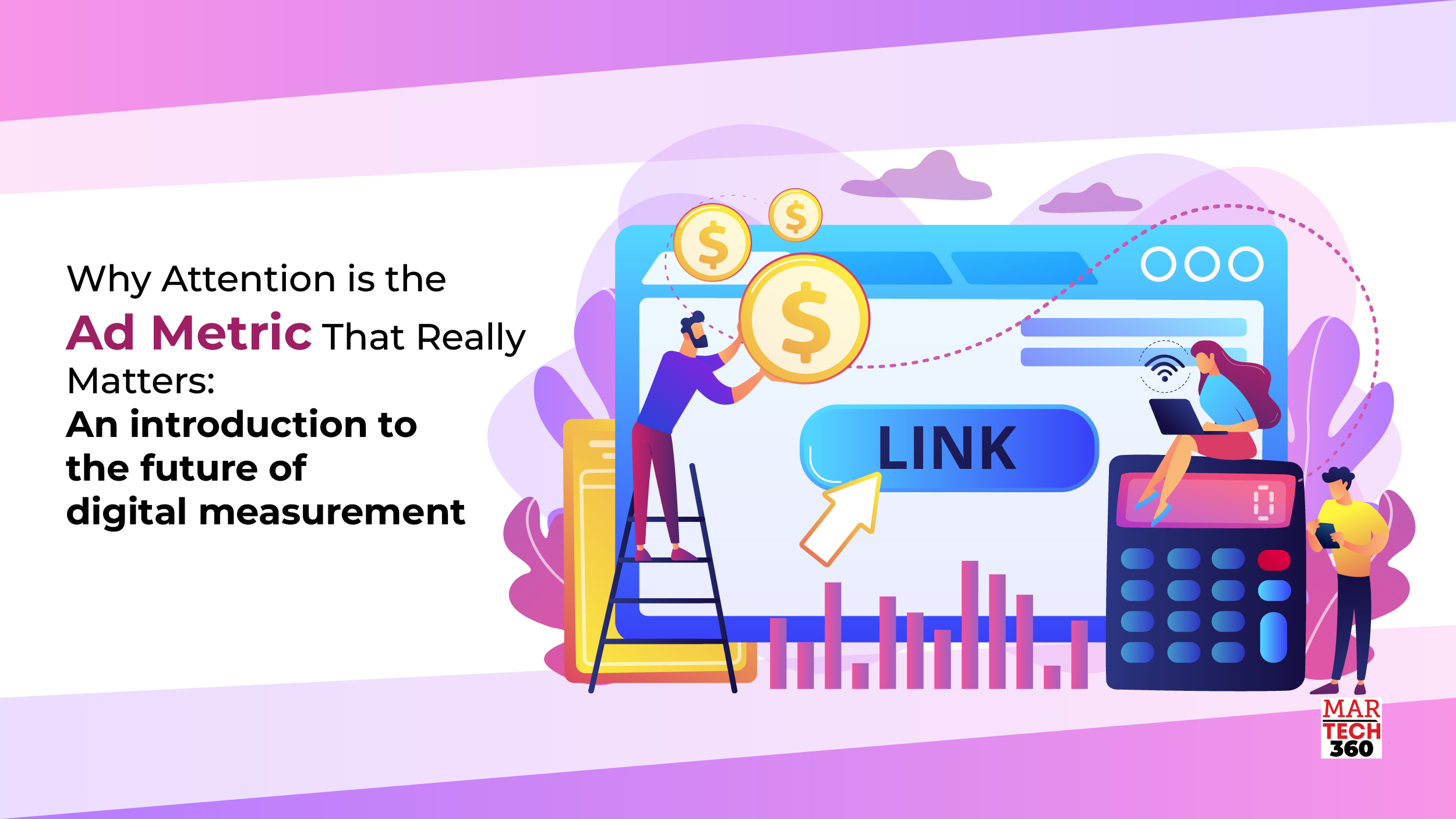Why Attention Is the Ad Metric That Really Matters: An introduction to the future of digital measurement
It’s no secret that we live in an attention economy. Attention is a finite and increasingly scarce resource. Companies around the world are built on grabbing our attention (think Facebook, YouTube and Snapchat), and collectively advertisers spend billions of dollars a year trying to earn it. For publishers seeking new ways to demonstrate the value of their premium inventory in a changing data landscape, attention measurement offers a new source of truth.
Measuring attention can tell publishers and advertisers: did I put the right ad in front of the right person, in the right place, at the right time, in the right mindset? Yes. How do we know? Because it gets more attention. It’s no longer guesswork. And publishers can do it without relying on invasive—and increasingly unavailable—identifiers like cookies and PII.
Distilled down, the new wave of interest in attention is due to it now being available as a metric. There are a few different attention-based metrics available, but the simplest and most powerful is Attention Time: The length of time in seconds that a consumer looks at an ad. And it’s measurable in real time.
Attention Time is not the same as viewability. Viewability is about where the publisher chooses to put the ad. Attention time, a human signal, captures how long an ad is viewed on a particular article. Viewability doesn’t tell you whether your creative is engaging or interesting. Attention Time does, and for brands, media agencies and publishers alike it can show tangible performance across a range of content.
Attention Time is highly predictive of brand outcomes. Each extra second you look at an ad can drive up to 11% more awareness and up to 7% more recall each second. Those are powerful signals that your ad is relevant and resonating. Attention Time is 7.5 times more important in driving awareness and 5.9 times more important in driving recall than viewability. For advertisers and publishers alike, those kinds of increases are gold.
Furthermore, as the industry looks ahead to cookieless solutions, Attention Time has proven to be uniquely well-suited to guiding contextual targeting approaches. Being able to identify which contexts are over or underperforming for attention in almost real time opens up entirely new routes to optimization for advertisers, without the need for identifiers.
With the right technology, publishers and advertisers can measure Attention Time on every impression. If an ad is served one time on an article or a thousand times, you can measure the attention it gets every single time. And as a result, you’re able to discover insights at a level that you simply can’t with any other widely available media metric.
And that’s a revolutionary statement.
Traditional media buying is based on a variety of metrics, most of which have serious shortcomings or limitations.
-
Reach – Reach refers to the number of people in a target audience that are exposed to a single ad served. Reach doesn’t doesn’t tell you if someone noticed or engaged with an ad; it’s just the size of your addressable market reached. Don’t get me wrong – it’s undeniably and unequivocally an essential goal but it’s not enough on its own.
-
Frequency – Ad frequency measures one thing: the number of times an ad was shown. Anyone who has seen the same ad over and over again knows this is a flawed metric; it has nothing to do with relevance, engagement or anything else a brand really cares about. We’ve been using it as a proxy for how many times the consumer was impacted with our ad without knowing they actually were impacted.
-
Viewability – Viewability is a metric that says an ad was served and has the opportunity to be viewed. It simply means enough of the ad made it onto the screen for long enough to meet a minimum standard — but that of course isn’t the same as saying it was viewed.
-
Time in view – The amount of time that a viewable ad was “in-view”; time in view is slightly more useful than viewability, but fundamentally has the same limitations as it doesn’t measure actual viewing.
-
Click-through rate (CTR) – CTR is the number of clicks that your ad receives divided by the number of times your ad is served. The first problem is that so many ads don’t need or warrant someone clicking on them to create value – think of an ad for a new flavor of Coca Cola – that message should be self evident and there’s little reason to click to find out more. The second is you need A LOT of clicks and views to get any signal. Once you start to split that data by dimensions like creative, context etc; it’s usually too sparse to learn anything.
-
Engagement rate – Engagement rate measures the percentage of people who saw a piece of content or ad and engaged with it. But it shares the same pitfalls as CTR and at large isn’t a truly meaningful signal.
In short, most of these are vanity metrics or paint a woefully incomplete picture of what’s happening and the whole trillion-dollar media industry was built using many of the above metrics.
Yes, reach is absolutely essential. But measuring the value of that reach via frequency, click-through rate, engagement rate, viewability and time in view? Not so much. Increasingly we are learning that these metrics aren’t predictive of success. What does matter is whether your ad was truly looked at by a human and whether that was long enough to shift the needle on brand and business outcomes. Attention Time allows you to measure exactly that. And it’s a powerful prospect for advertisers looking to get more out of their advertising spend.


Comments are closed.